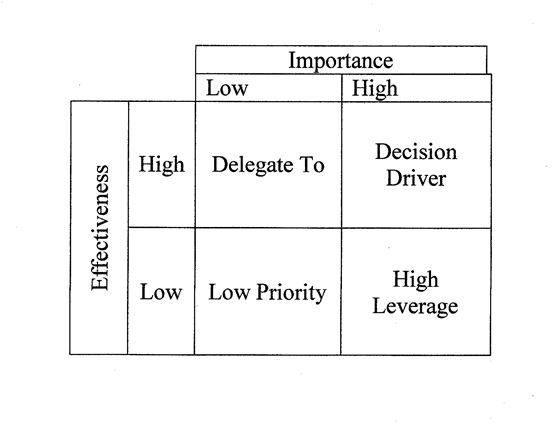Five Tips For Effective Project Planning
The 5 Ps
We’ve all heard of the 5 Ps of Project Planning - Poor Planning Produces Pitiful Projects. At the same time there is nothing easier than to knock out a “plan” that you know won’t matter and no one will follow. The trouble with that is that it leaves the outcome of the project in the hands of whoever happens to work on it. You’ll also hear people quote von Clausewitz - No battle plan survives contact with the enemy as a justification for not bothering to do a good plan. I would counter with Eisenhower’s less well known quote: In war, no plan is worth a damn, but planning is indispensable.
So how do you put together a plan that will hold up under fire and yet is flexible enough to handle a fast-changing environment? Here are 5 tips - the 5 As of project planning that are the principles of putting together a good plan:
1. Align Key Players
One of the objections to project planning is time - it takes too long. On the other hand, it takes longer to fix a plan gone awry than it does to plan it right in the first place.
This phase forms the foundation for a plan that will hold up. First, identify who are the key players in your project. Look at two things: Each person’s importance to achieving the outcome of the project and the effectiveness of your relationship with the person. From there, you can construct a matrix and locate all the players on these two dimensions:
Importance: How critical is this person to the decision being made and executed? Could decisions be made without this person?
Productivity: How productive are my interactions with this person? Do our interactions improve decision-making or retard the process?
High-Leverage Relationship: This person can contribute valuably to making the decision.
Decision Driver: This person is critical to the decision process.
Once you’ve done that, get all the High Importance individuals together and make sure everyone sees the purpose and outcomes of the project the same way. When everyone is on the same page, you have an aligned core group.
2. Act Quickly
It has been said that perfect is the enemy of good, and that definitely applies to project planning. Given that the plan is going to have to be flexible to meet changing conditions, probably right out of the starting gate, attempting to perfect a plan is going to involve a lot of wasted effort. So once your team is aligned and you have a plan that’s 75 or 80 percent perfect, get into action – you’ll find what needs to be changed a lot faster, and you’ll save time in the long run. What makes this work is tip number 3.
3. Adjust Often
This one is critical: Some people think that once they launch a plan, any pause to reflect on progress is a negative. Nothing could be further from the truth. Imagine you were going to sail a boat from San Francisco to Hong Kong. You plot your course, but you are off by one degree when you leave the Golden Gate. If you just stay on that course, by the time you cover the distance across the Pacific, you’ll be hundreds of miles from Hong Kong – one degree off at the start means you land tens of degrees off from your target. But if you check your course and correct, you’ll get to Hong Kong on time and under budget.
4. Assign Roles
Too often project managers assign clear, distinct roles to the people on the team, while the steering group operates like everyone should do everything. This makes about as much sense as everyone in an operating room, surgeons, anesthetist, and nurses taking turns doing the surgery. Every member of the project management group should have a clearly assigned role and accountability for specific decisions.
5. Authority
In today’s matrixed organization, it’s unlikely that any project manager or project team has the organizational authority and influence it needs to accomplish the project. Make sure you, as the project manager, have a sponsor communicate with them from the start of the project. A sponsor has organizational authority that you need and also provides a channel for escalating problem issues.
